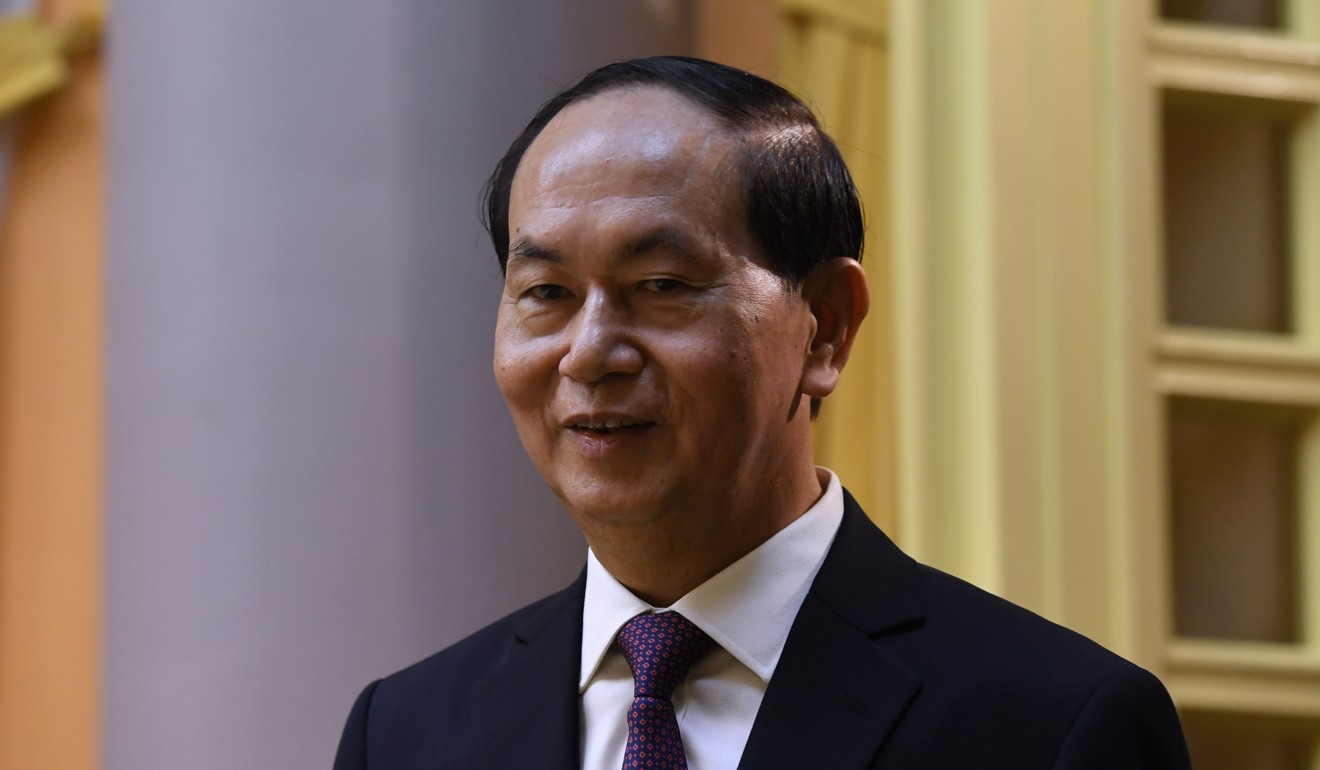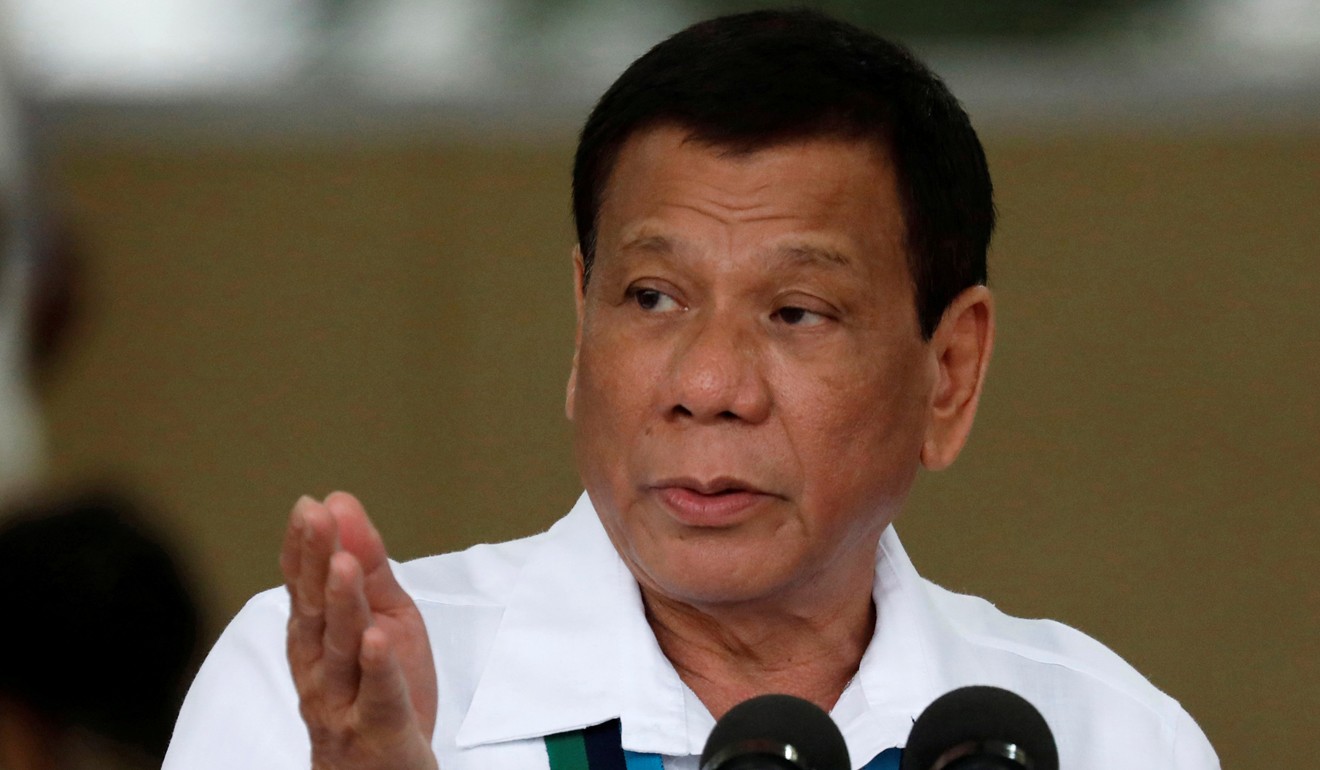
China casts long shadow as Donald Trump seeks to strengthen ties with Vietnam and Philippines
US president’s decision to skip his inaugural East Asia Summit will invite the question of whether a hands-off policy towards the region risks creating a vacuum for China to fill
Southeast Asian nations’ concerted efforts to turn US President Donald Trump’s gaze to their concerns may pay off when he zips through the neighbourhood this week. However, they may be disappointed as the administration lacks a long-term plan for the region, observers say.
Trump will also attend events commemorating the 50th anniversary of the Association of Southeast Asian Nations (Asean), as well as the East Asia Summit (EAS) – the annual conference between the regional group and leaders of its top global partners, such as Russia and India. In a eleventh hour about-turn, the White House said on Friday Trump would attend the EAS, after initially opting to skip it.
Observers said the Vietnam leg would underline Washington’s eagerness to consolidate the deepening ties between the two countries.
“The president’s trip to Hanoi is a signal of the importance of the bilateral relationship to Washington,” said Zack Cooper, a fellow on Asian security at the Centre for Strategic and International Studies. “It is in both US and Vietnamese interests to remain united in opposing changes to the status quo in maritime Asia.”
Within Southeast Asia, Vietnam’s communist rulers have become isolated in standing their ground and publicly chastising China over its actions in the South China Sea – a thoroughfare for some US$3.4 trillion in trade in 2016. China claims 80 per cent of the waterway under its “nine-dash line” maritime boundary.
Five of the seven rival claimants in the South China Sea are Southeast Asian nations, but Malaysia and Brunei have scaled down the rhetoric as they seek to tap Beijing’s economic largesse. The Philippines – until last year the most strident critic of China’s conduct in the sea – has watered down its resistance since the election of President Rodrigo Duterte.
Trump’s Manila visit is likely to include a charm offensive towards Duterte, who has made anti-US slurs a cornerstone of his bombast.
‘Packed schedule’ to keep Donald Trump away from the Korean demilitarised zone
Cheng Xiaohe, an associate professor of international relations at China’s Renmin University, said Duterte and Trump “share similarities in their personality [and] attract each other”.
In Manila, Trump will join the 10 Asean leaders in commemorating the 50th anniversary of the bloc. That milestone coincides with regional anxiety about American protectionism under Trump and his lukewarm stance towards engaging the region. Asean trade with the US is worth about US$225 billion a year.

Questions remain however over whether a US hands-off policy towards the region risks creating a vacuum for China to fill. In the trade arena, the nations closest to the US, including Singapore and Vietnam, are still smarting from Trump’s unilateral decision to pull the plug on the 12-nation Trans-Pacific Partnership, as he promised during his campaign.
The 11 remaining TPP participants – four of which are in Southeast Asia – are working on a replacement deal. Without US participation though, the pact would have less impetus. China is hoping regional countries will now throw their full weight behind its Regional Comprehensive Economic Partnership trade pact.
What to expect from US President Donald Trump’s visit to Asia
The final two legs of Trump’s five-nation Asia tour will be in Southeast Asia. From Beijing, Trump will fly to the coastal Vietnamese town of Danang on November 10 for the Asia-Pacific Economic Cooperation (Apec) Leaders’ Meeting, and a day later he will head to the capital, Hanoi, where he will meet President Tran Dai Quang and other senior leaders.
Then it’s on to Manila to meet the Philippine leader, whose abrasive, populist style has earned him the moniker “Asia’s Trump”.

“The Trump administration has failed to adopt a focused, coherent and joined-up Asia policy that would reassure allies of US commitment to the region,” said Hugo Brennan, Asia analyst with the global risk consultancy Verisk Maplecroft.
“The absence of US leadership has opened the door to an increasingly influential and assertive China.” ■

